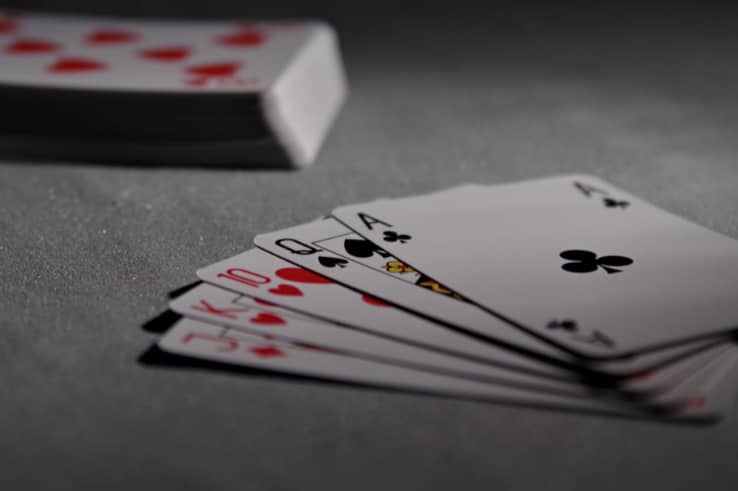Factors to Consider When Purchasing Standard Playing Cards

Playing cards has become a gambling pastime for decades. Players now have a collection of options when it comes to choosing the deck they use. Many wonder about what to look for before buying marked cards, but for this article, we will discuss standard playing cards. It’s worth looking at what’s on the market rather than settling for the first cheap card game you see at the store. Below are the factors you should consider when purchasing a deck for your next card game at home:
Material
There are only thick paper materials available before, sometimes with rounded corners to reduce damage. To further improve the feel of the cards, some manufacturers put them through a process that imposes a film coating on them. Regardless of plastic coatings, paper cards still have several flaws due to their porous nature. Natural oils from players’ skin seep into the cards over time, making them sticky and unwieldy. Unscrupulous players can mark paper cards by simply pressing a fingernail on the outside in a particular spot.

These cards are made entirely of plastic and do not have a cardboard core, and this makes them non-porous and washable. Sticky cards can be washed simply with soap and water. The main disadvantage of plastic cards is that they can cost a lot more than paper cards. On the other hand, the extra price is justified by the longer lifespan of the cards. Paper cards are usually the best choice only if they are used once and then lost.
Size
Playing cards come in two standard sizes: the poker format and the bridge format. Poker-sized playing cards are about 63 millimeters wide, while bridge-sized playing cards are only 56 millimeters wide. Both measurements have the same length of 88 millimeters The width that suits you depends on the game you play. The smaller width of bridge-size cards makes them a better choice for games where players must have many cards, such as bridges and hearts. However, when it comes down to it, the choice of size is mostly a personal preference. Some people find bridge-sized cards easier to shuffle and deal with. You can also find bridge-sized cards in games like Texas Hold’em, where players only have two cards in their hands.
Index
 Playing cards did not have text to help understand the rank and suit of each card. In the late 19th century, manufacturers began putting a label on the corner of each card to help players recognize the cards when they fanned them out, and this label is called an index. Not many indexes are made the same way. Indexes only exist in two significant sizes. The larger index size is called a jumbo index and is usually large enough to be read from the dining room table. Jumbo index cards are ideal for games where players need to inspect the cards in one place, such as poker.
Playing cards did not have text to help understand the rank and suit of each card. In the late 19th century, manufacturers began putting a label on the corner of each card to help players recognize the cards when they fanned them out, and this label is called an index. Not many indexes are made the same way. Indexes only exist in two significant sizes. The larger index size is called a jumbo index and is usually large enough to be read from the dining room table. Jumbo index cards are ideal for games where players need to inspect the cards in one place, such as poker.
For games where players need to hold a large number of cards, standard chips work best since players don’t have to wave them around to see the contents of their palms. There is another index size called the magnum index. Magnum cards have indexes that take up most of the card, leaving little room for any of the other artwork you would expect to see on a count. Magnum indexes are only valuable for those with visual impairments that require printing. Otherwise, it’s a great idea to stick to routine or jumbo cards.
